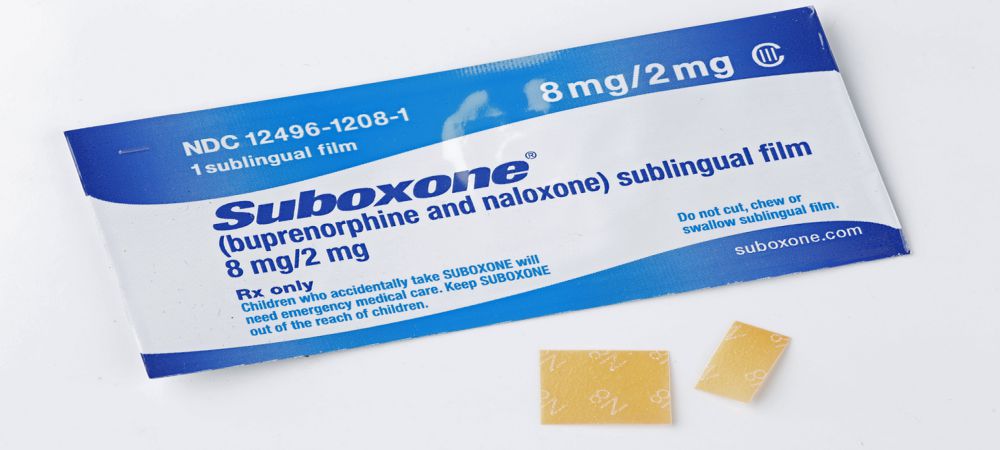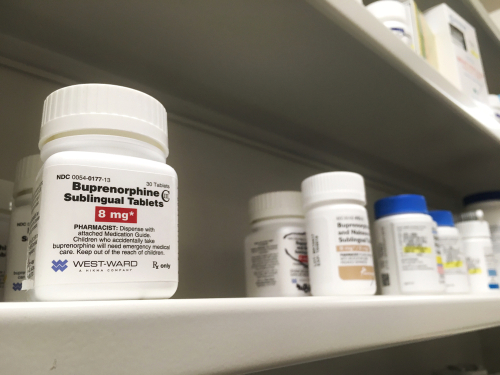
Suboxone has helped many people break free from opioid addiction, but discontinuing its use isn’t always easy. While the medication can be an invaluable tool in recovery, long-term use can trigger the development of dependence.
This page is designed for anyone who’s thinking about quitting Suboxone. You can learn about the withdrawal process and find out what support options can help you move from opioid dependence to sustained sober living.
Suboxone is a medication used to treat opioid addiction (opioid use disorder). It contains two active ingredients:
Suboxone doesn’t deliver the opioid high associated with drugs like heroin and fentanyl, so it can help people transition off addictive substances and promote ongoing abstinence. That said, the body can become dependent on Suboxone over time, provoking the presentation of withdrawal symptoms upon quitting.
Suboxone can be life-saving, but not everyone wants to use the medication long-term. Some people choose to stop because they:
Regardless of the underlying reason for quitting Suboxone, the process is best performed with professional support and a clear plan to mitigate discomfort and reduce the risk of relapse.
When someone stops using Suboxone, the brain must adjust to the absence of buprenorphine. This process may prompt withdrawal symptoms similar to those of other opioids, although they’re usually milder.
Early symptoms (first 24 to 72 hours):
Peak withdrawal symptoms (days 3 to 7):
Lingering symptoms (weeks 2 to 4 and beyond):
If someone develops PAWS (post-acute withdrawal syndrome), psychological complications like cravings and depression can persist for months. A long-term recovery plan can help manage these lingering effects.
The Suboxone withdrawal timeline varies according to the scope and duration of use. It usually unfolds as follows:

Some people attempt to quit Suboxone abruptly. This is inadvisable and can make withdrawal more intense and less manageable. A gradual taper is the safest and most comfortable way to stop.
A doctor can create a tapering schedule that slowly reduces your Suboxone dose over weeks or months. Common tapering approaches include:
If you’re unsure how to go about quitting Suboxone, a healthcare provider can develop a plan based on your needs and recovery goals. Don’t hesitate to reach out for help.
Since opioids work by slowing the body, when they are withdrawn the body experiences an overcorrection and become hyperactive. These symptoms include [7]:
Even with a taper, Suboxone withdrawal can be uncomfortable. The following strategies can make the process smoother:
While Suboxone withdrawal is not usually life-threatening, some situations may demand medical attention. Seek help if you experience:
A doctor or addiction specialist can provide support and medical treatments to ease withdrawal symptoms and reduce cravings.
If quitting Suboxone feels too challenging, professional treatment options can help. These include:
A detox facility offers 24-hour medical care to monitor symptoms and provide medication for relief. This can be highly beneficial for those with severe dependence or co-occurring mental health disorders.
Outpatient treatment
Outpatient programs offer a flexible and affordable pathway to recovery for those who do not need 24/7 care. These programs, available at varying intensities, deliver therapy, medications, and support while allowing individuals to continue their daily responsibilities.
Inpatient or residential rehab can be effective if Suboxone dependence is part of a broader addiction issue. This treatment provides intensive, immersive care, therapy, and relapse prevention strategies.
Behavioral therapies like CBT (cognitive behavioral therapies) can help probe underlying issues and teach coping skills for life after Suboxone.
Groups like NA (Narcotics Anonymous) or SMART Recovery provide peer support and accountability for those in recovery. Many people find strength in connecting with others who understand their experiences.
Quitting Suboxone is just one part of the recovery journey, though. Staying sober and maintaining emotional well-being calls for ongoing effort and a comprehensive aftercare plan. Here’s how you can achieve this.
If you or someone you care about has been misusing any type of opioids and needs help getting back on track, reach out to Tree House Recovery right away. The progressive nature of all opioid addictions means getting help sooner makes treatment easier.
When you choose an outpatient or intensive outpatient program at our luxury beachside facility, you’ll join others battling similar conditions while living at home and maintaining your everyday obligations.
Since all opioid addictions are different, all Tree House treatment plans are customized to reflect this. Engage with a personalized array of talk therapies, motivational therapies, medication-assisted treatment, and holistic interventions to kickstart your recovery from Suboxone. Call admissions for immediate assistance at (855) 202-2138.
For more info: See reviews from former patients, our success rates, read about our staff, or look at our facilities.
Disclaimer:
No content on this website should ever be used as a substitution for direct medical care and advice from qualified physician clinician.

Talk to a Treatment Advisor Today
Talk to a Treatment Advisor Today